The Banna: Remembering the Swinging Sixties at Sunderland's El Cubana club
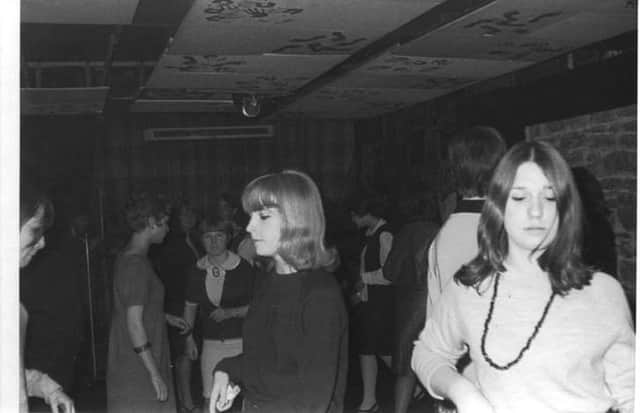

Many of the photos featured here are from Eric’s personal collection of the “Banna years” – when Wearsiders danced through the night to some of the decade’s biggest names.
“Alan Price, John Miles and Bryan Ferry, to name but a few, played at the Banna before they became famous,” recalls Eric, who now lives in New Zealand.
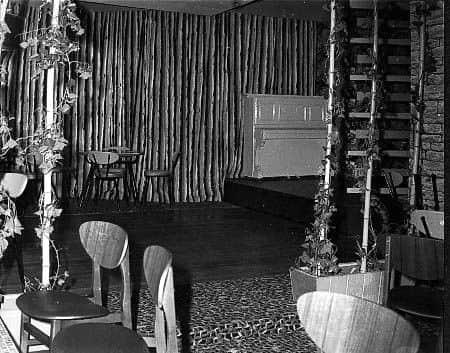

Advertisement
Hide AdAdvertisement
Hide Ad“We would also get big name groups turn up in the early hours of the morning – after they had played at the Seaburn Hall, Empire or Odeon – to perform a 30-minute spot for free.
“We were famous in the entertainment world. Big names turned up to perform, just so they could say they had played at the El Cubana in Sunderland and the Cavern in Liverpool.”
The roots of the Banna – as it became affectionately known – can be traced to the late 1950s, when Eric was serving an apprenticeship as an electrical engineer at Sunderland Forge.
New music for a new teen class was just emerging – such as Elvis Presley and Bill Halley – and Eric started arranging dances at the Barnes Hotel, as well as trips to Blackpool.
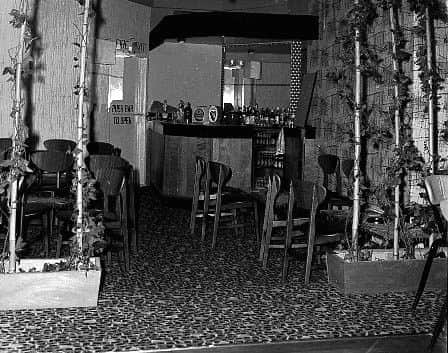

Advertisement
Hide AdAdvertisement
Hide Ad“Popular places for teens at the time were the Seaburn Hall (Joan Reagan borrowed my pen to sign autographs, big deal for a young teenager) and the Rink in Park Lane,” he said.
“There were also occasional dances at Wetheralls on the Green, St Benet’s Church Hall in Roker Avenue, the Grange Hotel in Newcastle Road and, of course, the Barnes Hotel.
“We had coffee shops too – Notarianni’s in High Street, Fellas in Silksworth Row and Binns – where we would sip coffee until getting kicked out for not spending enough.
“But we were always dreaming of ways to kick the Sunderland scene up a notch. Our first attempt – setting up a jazz club – didn’t work out, but my dream remained and life rolled on.”
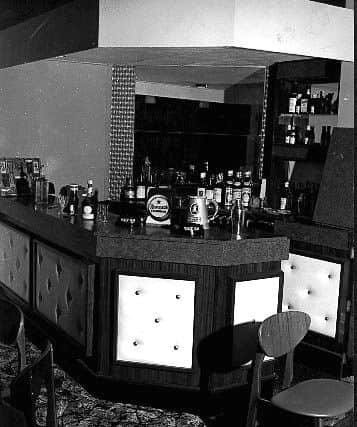

Advertisement
Hide AdAdvertisement
Hide AdThe arrival of the 1960s brought changes to the law; making it possible to run a club where the owners could pay themselves wages. Eric and pal Cliff Balbach decided to try again. In 1961, with an “enormous amount of help” from Eric’s brother David, the pair set about transforming 13 Toward Road – a five-storey building – into the El Cubana Coffee Club.
Cash for the venture was provided by family members, while McCann’s in Low Row supplied furniture on hire purchase and the District Bank, in John Street, gave a £200 loan.
“On the opening night of the El Cubana we were hastily beating a retreat out of the back doors with rubbish as the first customers were coming in the front doors,” said Eric. “I went home, got bathed and donned my evening suit – and returned to find the club full. Dress standard was very strict for the members. People tend to act the way they ~dress.
“Live music was the norm – the groups all had their own distinctive dress. We also had the famous Limbo Pole and our doorman, Fred Barnes, would do his comedy act on stage.”
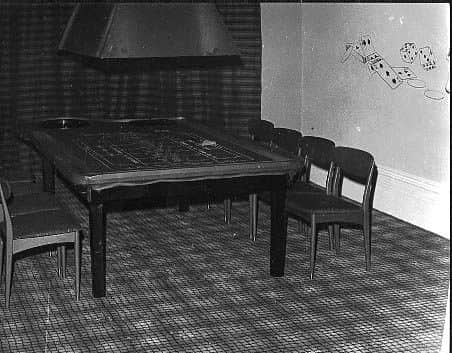

Advertisement
Hide AdAdvertisement
Hide AdLa Cubana nightclub opened above El Cubana almost two years later, with both clubs based on a Spanish theme. Plans to use Spanish staff, however, were abandoned due to red tape.
As the Banna clubs flourished, so Sunderland started to dominate the North East music scene – with other nightspots, such as La Strada, Annabels and The Blue Note opening up.
But, by the late ’60s, Eric had become “concerned” by a sharp drop in standards of dress and behaviour. He decided to cease trading until things improved – and closed his clubs in 1969.
“I rented the premises out and it became the Courier Social Club. By the time the club closed in 1972, things had started to improve and disco was starting to be popular,” he said.
“So I re-opened El Cubana under the new name of the Hot Spot and it was phenomenally successful. But that is another story.”